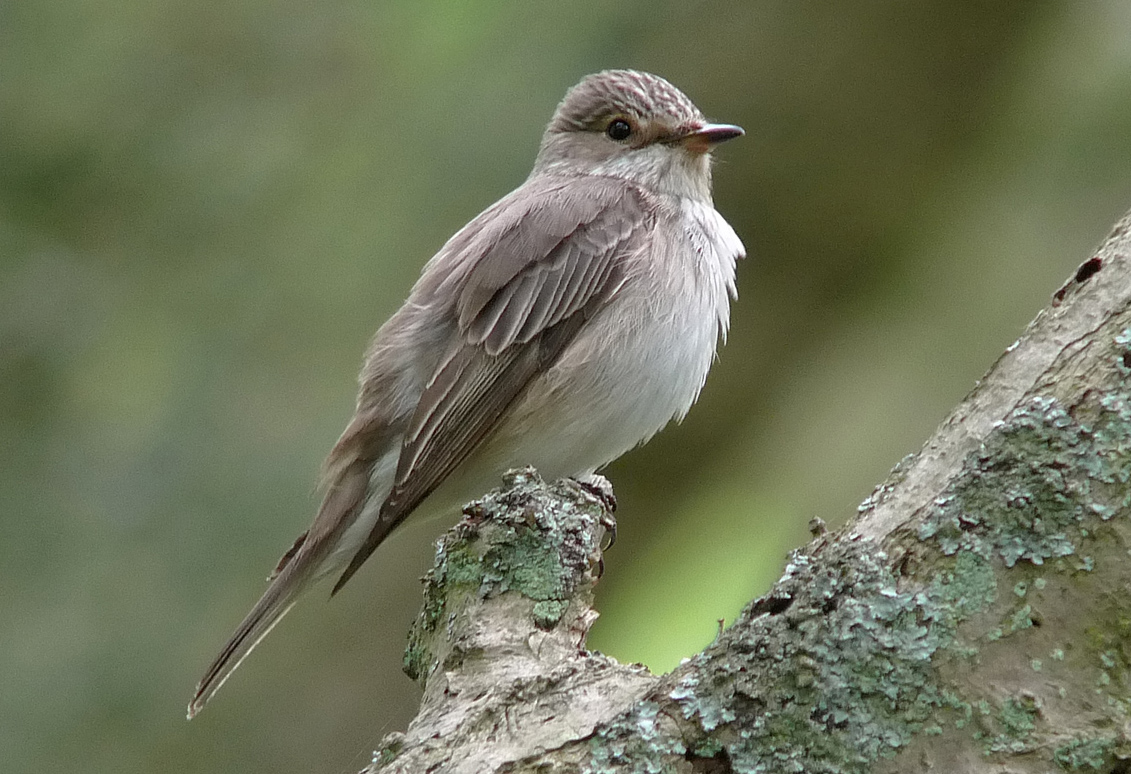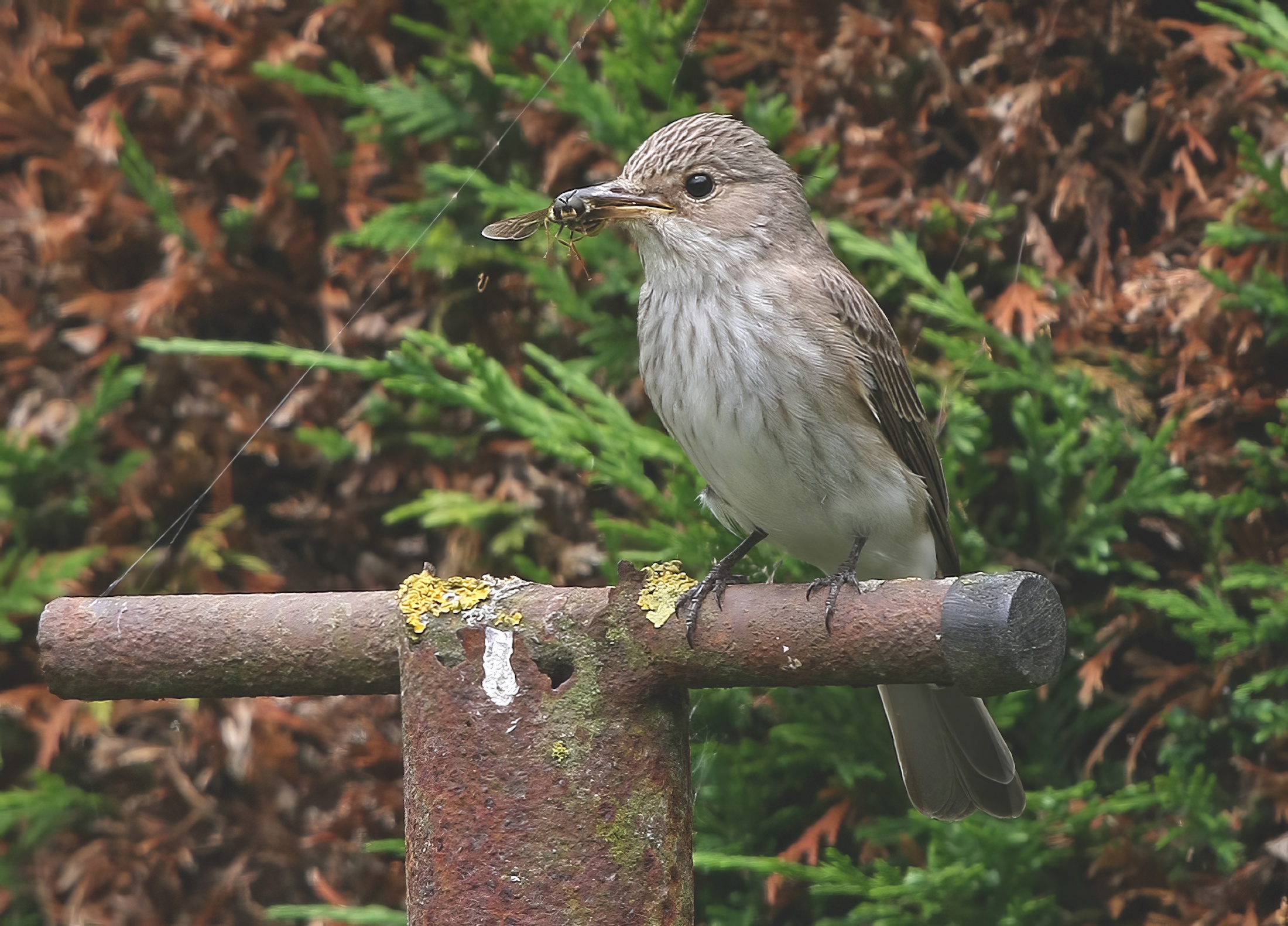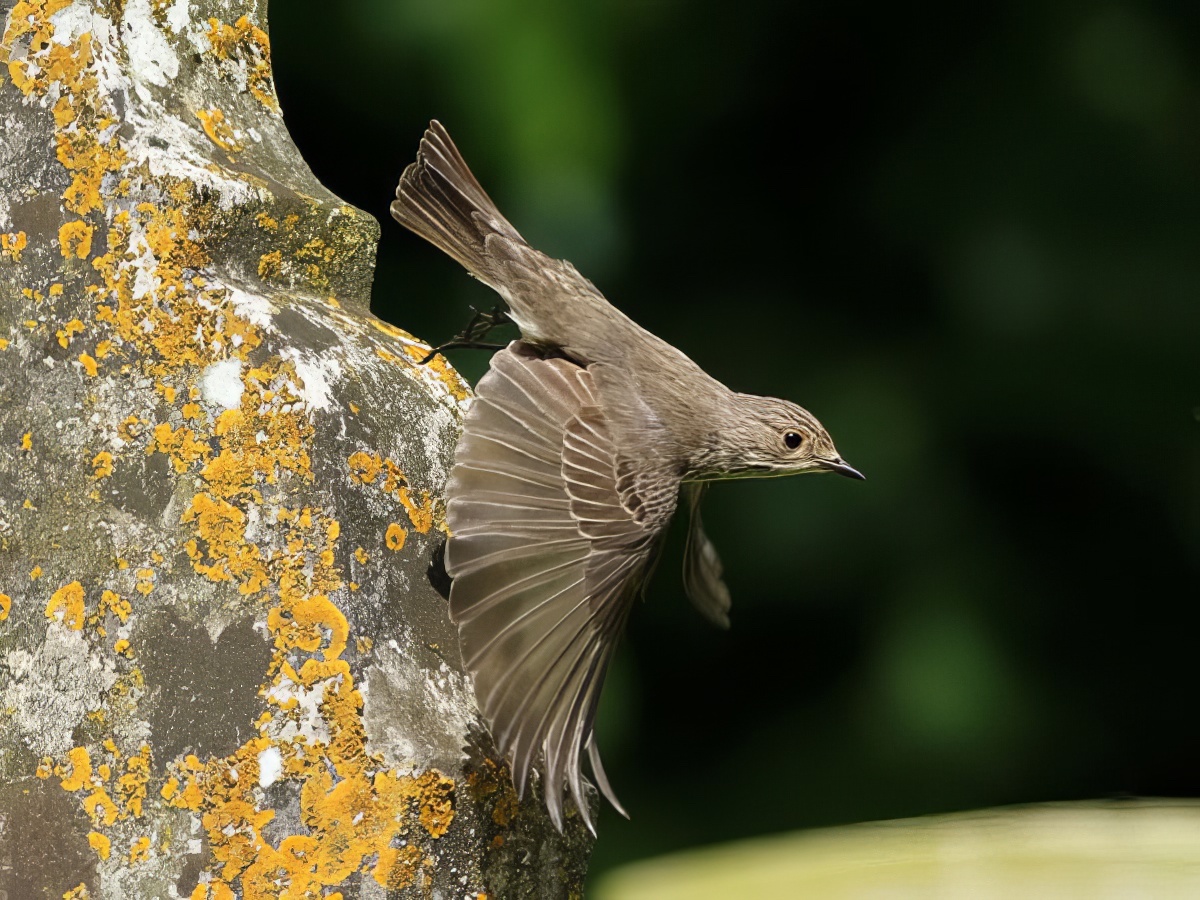Spotted Flycatcher Muscicapa striata
Fairly common but much decreased and now very local summer visitor and passage migrant.



Spotted Flycatcher is one of our summer visitors which migrates the longest distance into African, wintering right down into South Africa. It is also one of our latest arriving spring migrants. Both these factors need to be kept in mind when looking at the massive 93% decline this species has experienced in England over the 50 years since 1967 based on the CBC/BBS index. According to the Atlas which estimated the population at 2,000-3,800 pairs in the 1980s it had already suffered a 50% decline from then, to the end of the 1990s. That decline has continued with maybe a few bumps on the way down. The APEP4 adjusted estimate was of only 250 pairs in Lincolnshire in 2016 and it has now largely disappeared as a breeding bird from the north-eastern half of the county. In the southern Wolds in what appeared as a stronghold in the Relative Abundance map for the species in BTO Atlas 2007-2011, it is now more difficult to find. BTO BirdTrends offers no explanation of the causes of the decline other than to note that it is likely the result of reduced juvenile survival. Another case of the young of insectivorous birds starving through reduced insect populations? Peak counts over the five years to 2018 ranged from six in 2017 to 22 on August 5th, 2015 at Spridlington north of Lincoln. The autumn migration is on a broad front across the county and not confined to the coast. Recoveries of birds ringed in Lincolnshire have come from Algeria (May 1972), Portugal (October 1964) and Spain (August 1979).
(Account as per new Birds of Lincolnshire (2021), included December 2022)
